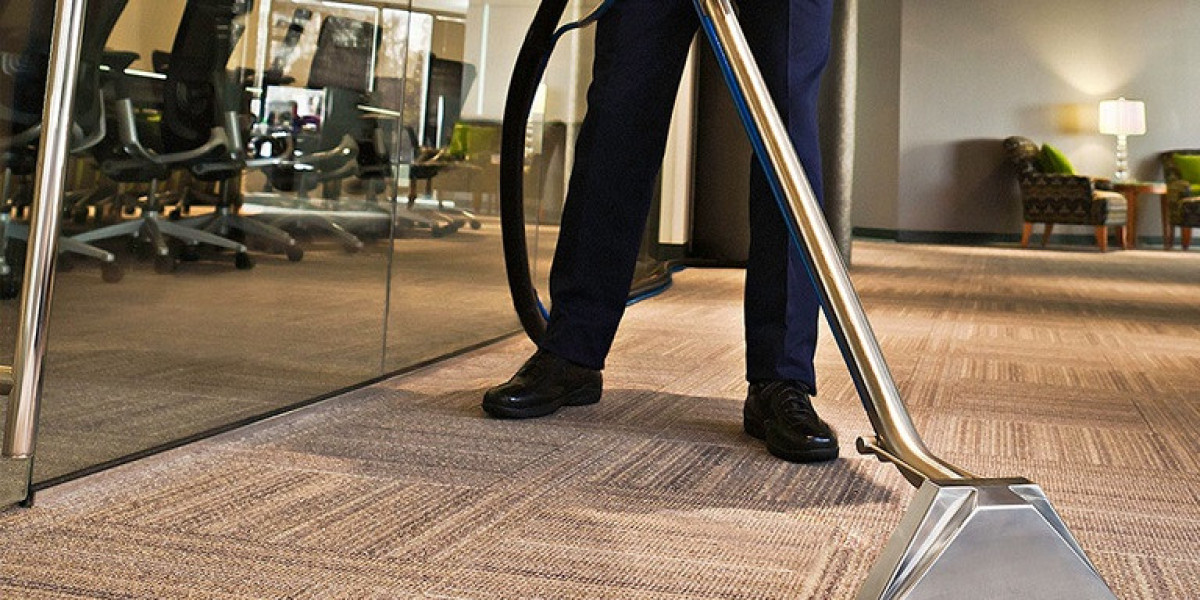Bangkok, Thailand’s vibrant capital, is renowned for its golden temples, vibrant street life, and delectable cuisine. But among its many attractions, the floating markets stand out as a unique cultural experience. These traditional markets, where vendors sell fresh produce, souvenirs, and snacks from wooden boats, provide a glimpse into Thailand’s past while still thriving as lively community hubs today. For travelers seeking something beyond the city’s skyscrapers and shopping malls, visiting a floating market is a must.
In this guide, we’ll take you through the history, highlights, and practical tips for visiting some of Bangkok’s most iconic floating markets.
The History of Bangkok’s Floating Markets
Floating Market Bangkok dates back centuries, to a time when Thailand’s waterways were the primary means of transport and trade. The Chao Phraya River and its network of canals (called khlongs) connected communities, enabling locals to exchange goods directly from their boats. While modernization has brought highways and shopping centers, the floating markets remain a cherished tradition—part tourist attraction, part authentic way of life.
Today, many floating markets combine local commerce with tourism. Visitors can explore these colorful waterways, try traditional Thai snacks, and shop for souvenirs while experiencing a slice of Thai culture that connects the past with the present.
The Best Floating Markets in Bangkok
Bangkok and its surrounding areas offer several floating markets, each with its character. Here are some of the most popular ones to include in your itinerary:
1. Damnoen Saduak Floating Market
Perhaps the most famous floating market in Thailand, Damnoen Saduak, is located about 100 kilometers southwest of Bangkok. Known for its photogenic scenes of vendors paddling boats filled with tropical fruits, this market is a favorite among first-time visitors. It can feel touristy, but its vibrant atmosphere makes it worth a visit.
Highlights:
- Boat rides through the canals
- Colorful photo opportunities
- Traditional snacks like mango sticky rice and coconut ice cream
2. Amphawa Floating Market
A favorite among locals, Amphawa lies about 50 kilometers from the city and is best visited in the late afternoon or evening. It has a more authentic feel, with wooden shop houses lining the canals and vendors selling everything from fresh seafood to handcrafted goods.
Highlights:
- Grilled seafood right from the boat
- Evening boat rides to see fireflies along the canals
- A lively, family-friendly atmosphere
3. Taling Chan Floating Market
Located just a short distance from central Bangkok, Taling Chan offers a smaller, more relaxed experience compared to the larger markets. This is a great option for travelers with limited time who still want to experience a floating market without a long drive.
Highlights:
- Affordable boat tours
- Freshly cooked seafood dishes
- Local handicrafts and souvenirs
4. Khlong Lat Mayom Floating Market
This lesser-known gem is close to Taling Chan and is often praised for its authentic vibe. It attracts more locals than tourists, making it perfect for those who want to explore a market that hasn’t been overly commercialized.
Highlights:
- Local produce and Thai desserts
- Garden-like atmosphere with plenty of greenery
- Friendly, laid-back environment
What to Eat at Bangkok’s Floating Markets
One of the biggest draws of floating markets is the food. Vendors cook and serve dishes directly from their boats, filling the air with mouthwatering aromas. Here are some must-try treats:
- Boat noodles (Kuay Teow Reua): Richly flavored noodle soup once served to boatmen, now a floating market staple.
- Mango sticky rice: Sweet, ripe mango paired with sticky rice and coconut milk.
- Grilled seafood: Fresh prawns, squid, and fish grilled to perfection and often served with spicy dipping sauces.
- Coconut pancakes (Khanom Krok): Bite-sized, crispy on the outside and creamy on the inside.
- Fresh tropical fruits: Durian, mangosteen, rambutan, and dragon fruit.
Trying a variety of these dishes is not just a meal but part of the overall cultural experience.
Tips for Visiting Bangkok’s Floating Markets
To make the most of your trip, keep these tips in mind:
- Go early: Markets can get crowded quickly, especially the popular ones like Damnoen Saduak. Arriving early helps you avoid the rush and enjoy a more peaceful atmosphere.
- Bring cash: Many vendors do not accept cards, so carry small bills for easy transactions.
- Wear comfortable clothes: Lightweight clothing and a hat are recommended, as it can get hot and humid.
- Negotiate politely: Bargaining is common, but always do it with a smile.
- Book a tour if needed: If you’re short on time, consider joining a guided tour that combines multiple markets in one day.
- Respect local culture: While floating markets are popular with tourists, they are also local gathering spots. Be mindful when taking photos and interacting with vendors.
Why You Shouldn’t Miss Bangkok’s Floating Markets
Floating markets are more than just shopping destinations—they’re cultural experiences that immerse you in Thailand’s traditions. From tasting authentic Thai food to watching boats glide through narrow canals, every moment feels like stepping into a postcard. Whether you choose the lively Damnoen Saduak, the authentic Amphawa, or the hidden charm of Khlong Lat Mayom, each floating market offers something unforgettable.
FAQs
Q1.What is the most famous floating market in Bangkok?
The most famous floating market is the Damnoen Saduak Floating Market, located about 100 km southwest of Bangkok. It’s popular for its colorful boats, traditional snacks, and lively atmosphere.
Q2. Which floating market is best for an authentic experience?
If you want a less touristy, more local feel, head to Amphawa or Khlong Lat Mayom. Both markets are loved by locals and offer authentic food, crafts, and a friendly atmosphere.
Q3. What is the best time to visit Bangkok’s floating markets?
Most floating markets are open in the morning, so it’s best to arrive early (around 8–9 AM) to avoid crowds and enjoy the freshest food. Amphawa is an exception—it’s popular in the late afternoon and evening.
Q4. How do I get to the floating markets from central Bangkok?
You can take a taxi, join a guided tour, or book a private car. Some nearby markets like Taling Chan and Khlong Lat Mayom are only a short ride from the city, while Damnoen Saduak and Amphawa require a longer drive (1–2 hours).
Q5. Do I need to take a boat ride at the floating markets?
Boat rides are optional but highly recommended. They let you explore the canals, see vendors up close, and capture the full charm of the market. Most rides are affordable and last 30–60 minutes.
Visit - Floating Market Bangkok
Read more - 99 Show Pattaya





